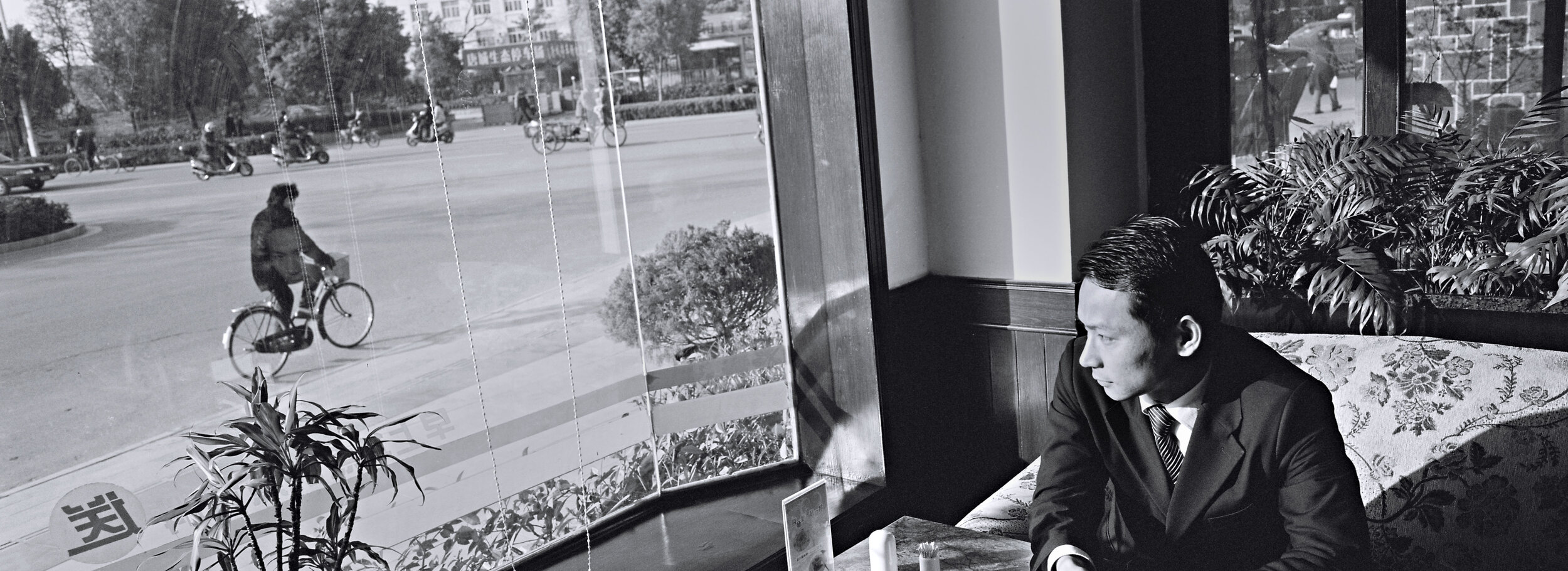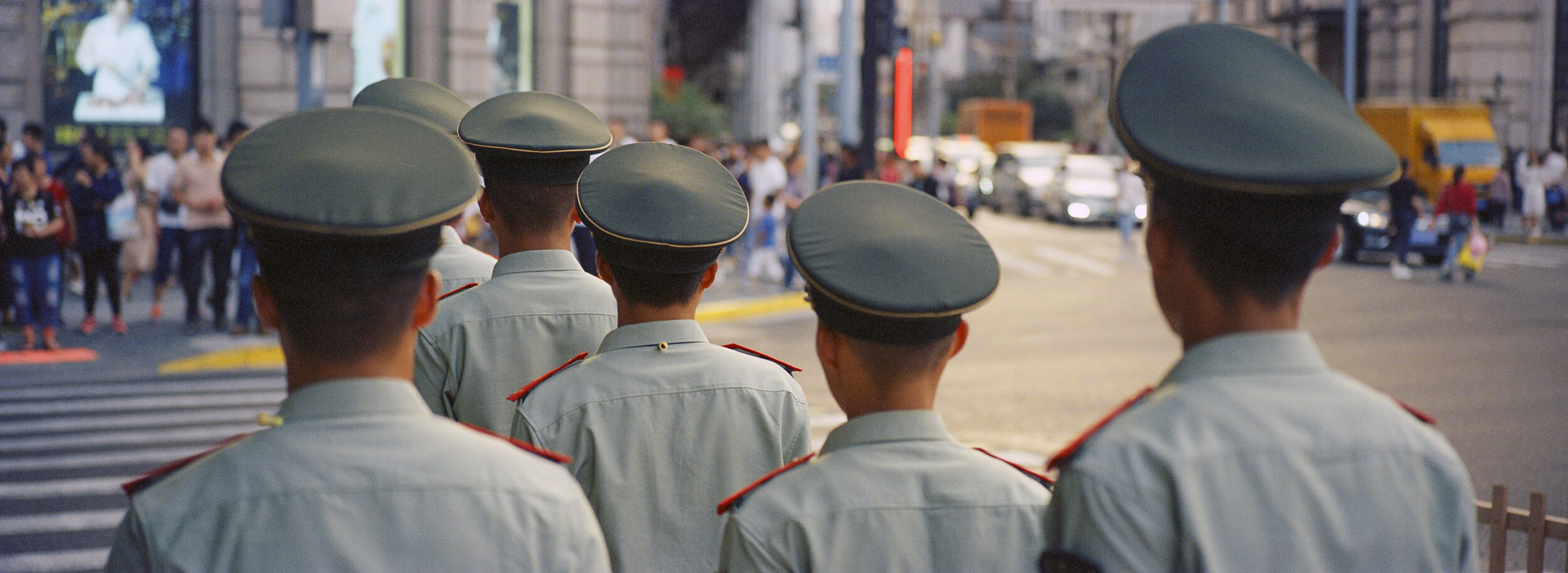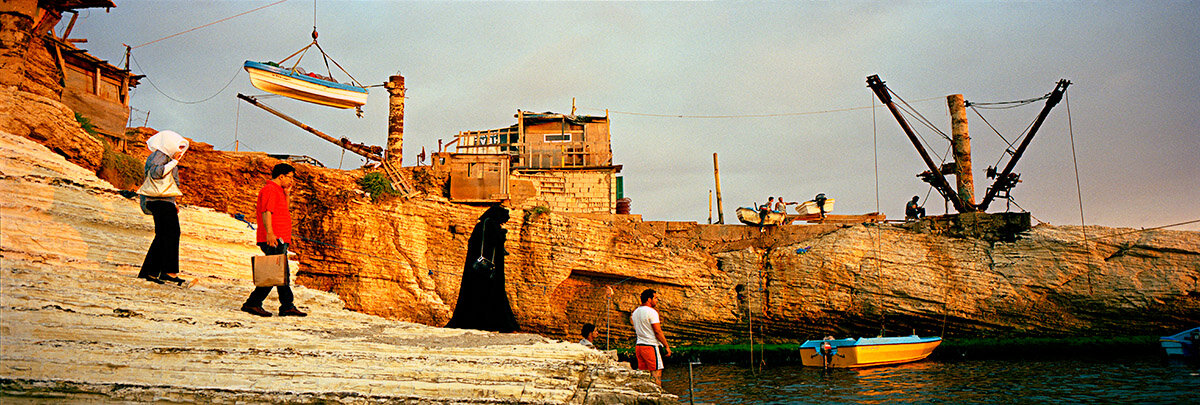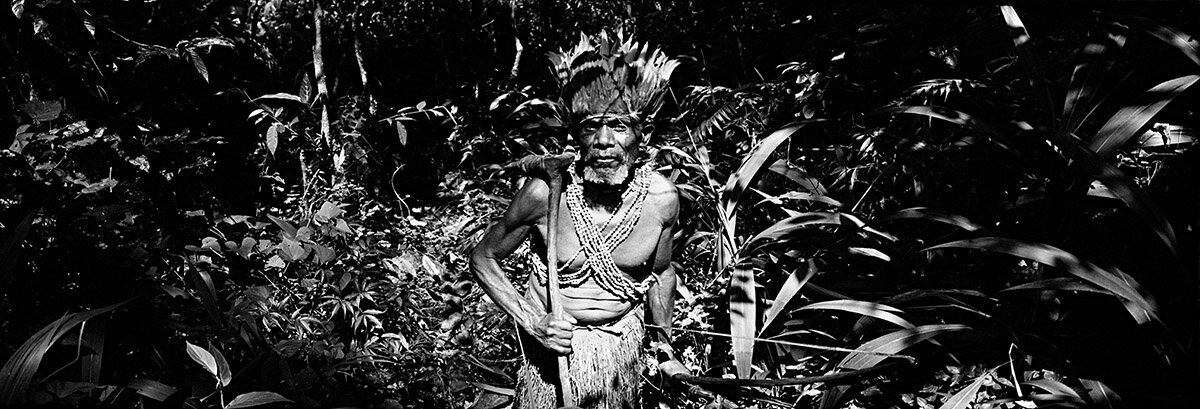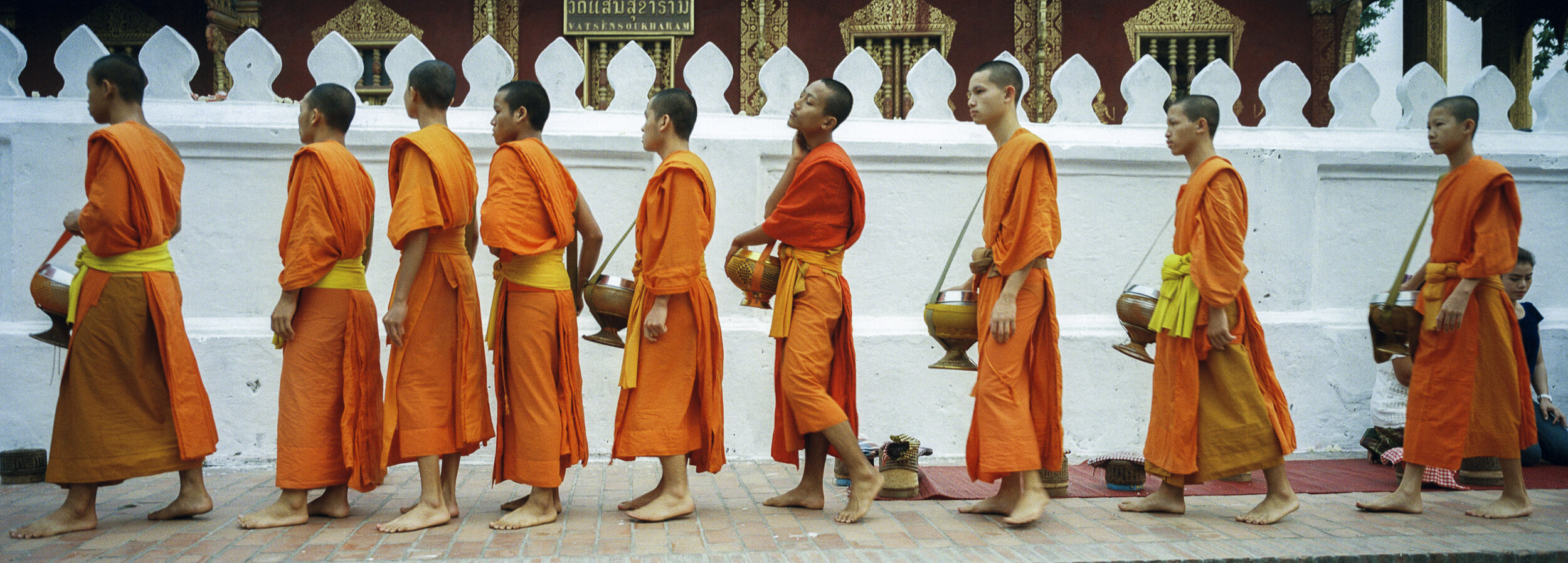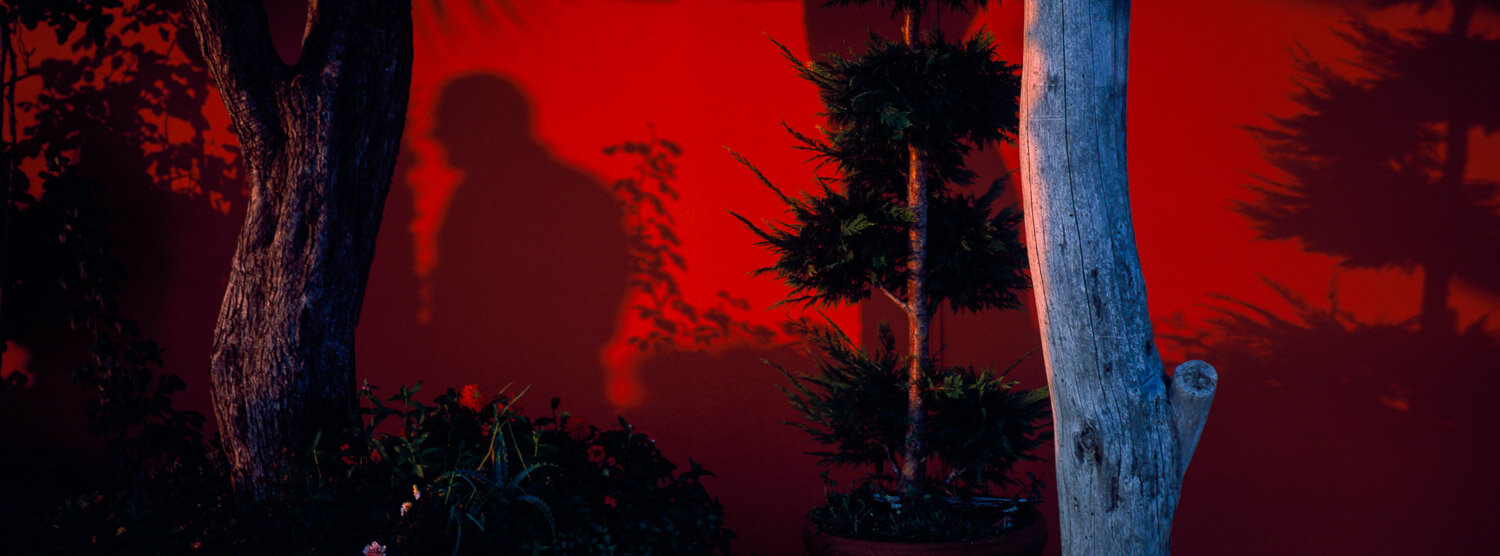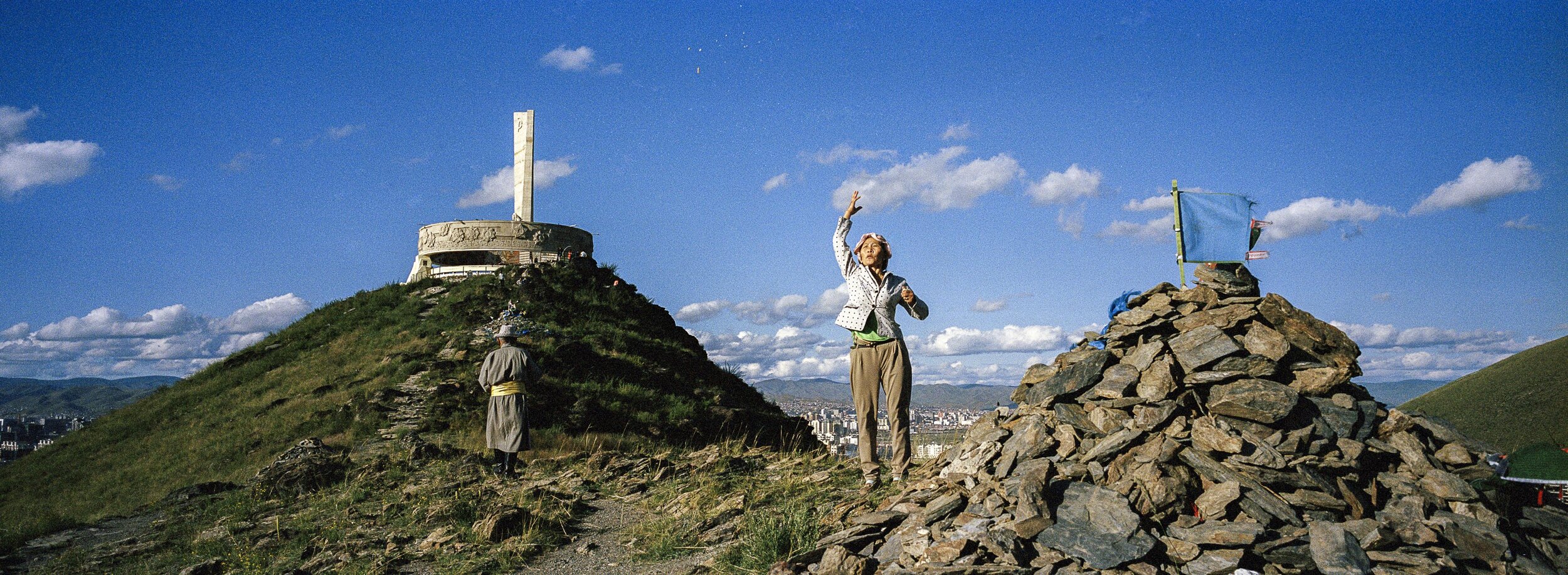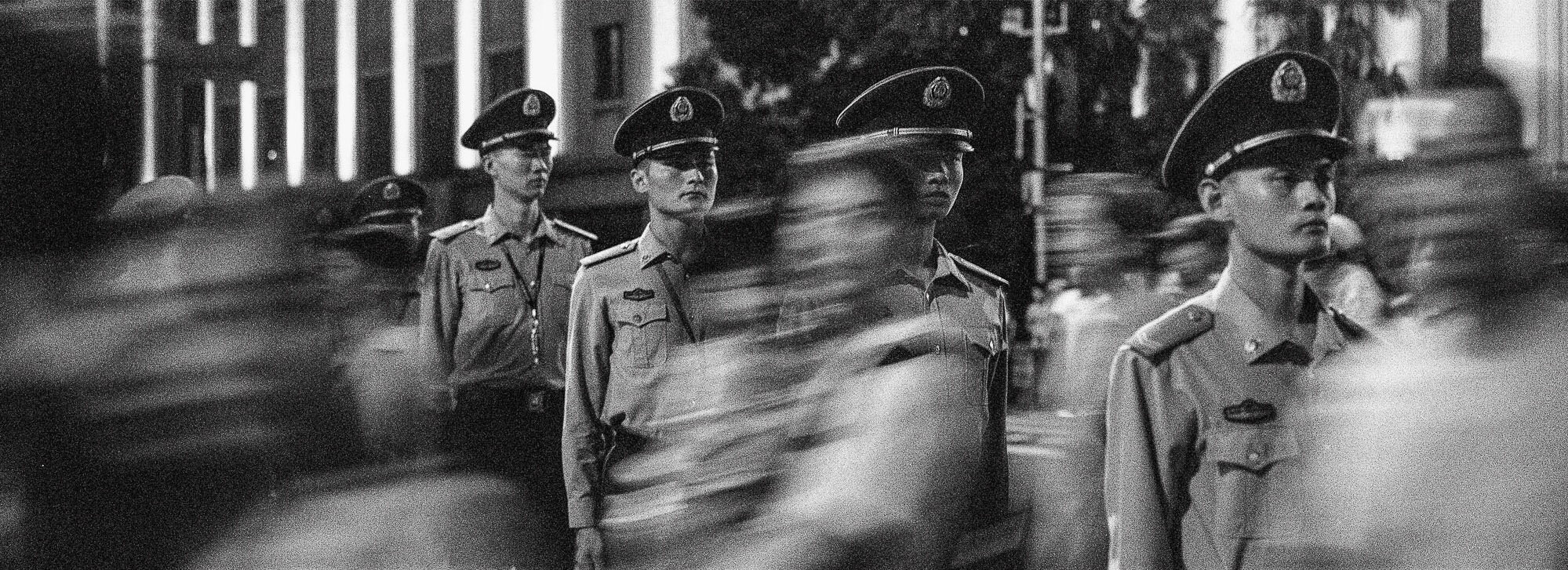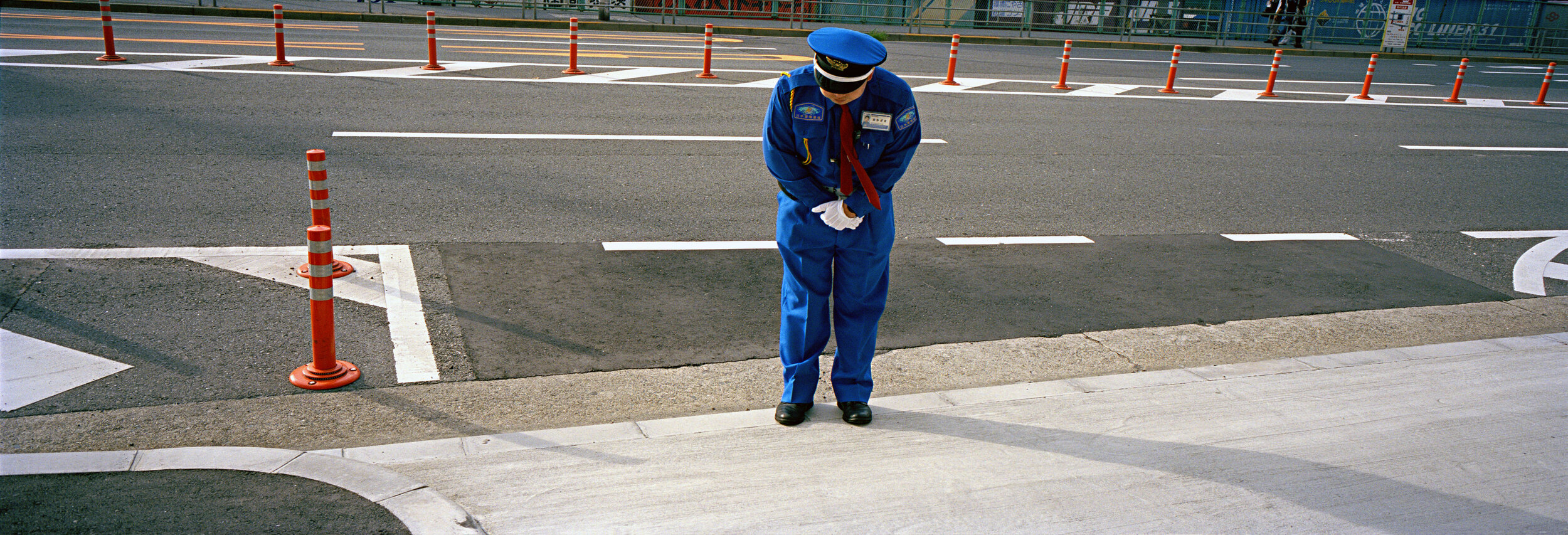I bought my first Hasselblad Xpan camera in late 2009. I was lucky enough to snap it up with a 45mm lens on eBay in Australia for AU$1,500, which back then was a bit of a bargain. Even back then, the Hasselblad Xpan was far from a new camera. According to the Hasselblad website, 16,800 Xpans were produced between 1998 and 2002. These cameras were a collaboration between the Swedish camera brand (now a Chinese brand owned by DJI) and Fujifilm in Japan, where the cameras were also made. Over in Japan, they sold as the Fujifilm XT-1, identical apart from a matte titanium finish compared to the grey painted Hasselblad model. I find that the grey paint chips quite easily, but I’m a photographer, not really a collector, so I don’t mind if my cameras get a bit beaten up through normal use.
The unique selling point of the Xpan is that it will shoot true panoramas with 35mm film. Basically, you get almost double the frame width in panoramic mode, so instead of a regular 24 x 36mm film format, your film is 24mm x 65mm. This means the resolution is almost twice as good as a regular 35mm camera, so photographs have a quality closer to medium format film. You can switch between formats on the same roll, but people love the Xpan as a panoramic camera. It’s also a rangefinder, which means you view the scene through a window in the camera rather than through the lens as in with an SLR. For this reason it is rather quiet and should allow slower handheld shutter speeds than with the mirror slap of an SLR. I always thought it would be nice if the camera had a manual film winder instead of a motor drive since then it would be even quieter and there would be one less thing that could go wrong with the camera, but the motor drive does mean that you can shoot consecutive frames without taking your eye away from the camera, which is a plus. The camera focuses manually with a rangefinder patch where you bring two images together to hit focus.
I was compelled to get my hands on an Xpan after viewing a screening at the Visa pour l’image photography festival earlier in 2009. The work was Spanish photographer Francesc Melcion Fontbernat, a black and white series, mainly shot in panoramic format along the Mekong River. The panoramic format was perfect for the subject matter and the images were beautifully cinematic. I’d also been impressed by Australian photojournalist Stephen Dupont’s Xpan work after visiting his exhibition ‘Panorama’ in Sydney. I asked his advice about the camera’s robustness before I bought mine. He said they are a great workhorse and I would agree with that sentiment.
Over the next few years, I shot mainly Kodak Tri-X film with my Xpan and took it with me on assignments in Papua New Guinea, Arnhem Land in Australia, China and Indonesia. I first really got into shooting colour film with it in 2011 when Kodak gave me a few rolls of the new Portra 400 to try out, which I shot in the amazing morning and afternoon light in Beirut and then in Osaka. I’ve since begun long term projects on the Yangtze River and China’s land borders shot exclusively with and mainly on the Xpan, respectively.
Unfortunately, I had a mishap with my first Xpan nine years after I bought it when I took a dip in the Yangtze River in Chongqing while shooting my project on that same river. I was lucky enough to soon replace this camera with one in near mint condition with a 45mm as well as a 90mm lens. They also made a 30mm lens for Xpan, but as they are rare and insanely expensive, I’ve never tried one. The focal lengths I’ve used, 45mm and 90mm, are both sharp and very contrasty.
When I first started shooting in this panoramic format, it was a bit hard to get my head around the framing, which was 45mm, vertical and around 25mm wide. The 90mm lens was even harder to the hang of, but I’ve come to really like it, although I sometimes struggle to find scenes that work with it.
The photos below are a mix of these two focal lengths, the first one was shot in Yangzhou almost ten years ago, the one below that was shot just a few months ago in Shanghai. So that’s a hint. I wonder if anyone can pick the difference in the other ones.
My dream camera is an Xpan II, which I’ve handled at Xingguang camera market in Shanghai. This will shoot multiple exposures and has ironed out some kinks in the original design such as an ASA dial on the front of the camera that is easy to turn by accident and also a exposure compensation dial on top that also can shift by accident when you pull the camera out of a bag. It can be really annoying to mess up exposure by a dial shifting like this.
The Xpan II has more flash and timer options and the shutter can stay open for 540 seconds in bulb mode, which would be attractive to people who shoot landscapes, but these things are not very important to me. One difference I appreciated between the two models is that the second generation has a shutter speed read out within the viewfinder compared to on a rear panel LED or on the dial on top of the camera. As far as I know the other difference is a tripod mount off-centre on the first generation Xpan and in the middle on the Xpan II, but the crucial thing the separates the two is the price. You can probably buy two Xpans for the price of the Xpan II. Only around 5,500 Xpan II models were made between 2003 and 2006.
On drawback from these cameras apart from the price, which has roughly doubled in the last decade, is that cameras such as these are getting harder and harder to repair. Although I’ve found my Xpans to be durable, they aren’t going to last forever. Still, I think it’s best to enjoy these things while one can. I never get tired of shooting with this camera and I love being challenged by it.
For more work, feel free to take a look at www.davetacon.com
